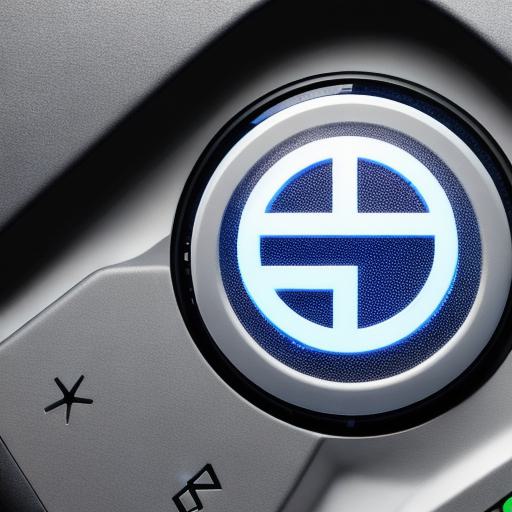Unity 8 is the latest version of Unity, the popular cross-platform game engine developed by Unity Technologies. This iteration brings several significant improvements and new features specifically designed to cater to the needs of web developers. In this response, we’ll discuss the key features of Unity 8 and how it differs from its previous versions.
1. WebGL Support
Unity 8 introduces built-in support for WebGL, making it easier for developers to publish games directly to the web without any additional plugins or setup. With this, developers can reach a wider audience, including those who don’t have access to specific game platforms.
2. Improved Performance

Unity 8 boasts improved performance through features like multi-threading and the new Lightweight Render Pipeline (LWRP). The LWRP is optimized for mobile and web platforms, ensuring that games run smoothly on various devices.
3. Enhanced User Interface
Unity 8’s user interface (UI) has been upgraded to provide a more intuitive experience, especially when working with 2D projects. The new UI system allows for easy creation of custom interfaces and interactions, making web development in Unity more streamlined than ever before.
4. Modular Asset Store
The Asset Store in Unity 8 has been redesigned to be modular, enabling developers to purchase and download only the specific assets they need for their projects. This not only saves time but also reduces file size and clutter.
5. Improved Scripting
Unity 8 includes an updated C scripting runtime, which offers better performance and improved handling of coroutines. Additionally, the introduction of C jobs allows developers to write multithreaded code more easily, leading to faster game development.

6. Virtual Reality (VR) Support
Though primarily marketed towards web developers, Unity 8 also offers VR support, making it a versatile choice for game creators looking to build projects across various platforms.
Differences from Previous Versions
Compared to its predecessor, Unity 7, Unity 8 focuses more on the needs of web developers by including built-in WebGL support, performance enhancements, and a revamped UI system. Additionally, with its modular Asset Store and improved scripting capabilities, Unity 8 offers developers greater control over their projects and a more streamlined development process.
In conclusion, Unity 8 is an essential tool for web developers looking to create engaging and interactive games for the web. Its built-in WebGL support, improved performance, enhanced user interface, modular Asset Store, and updated scripting capabilities make it an indispensable choice for game creators targeting this platform.
